Posted for Professor Arcadio Díaz-Quiñones, “Topics in Latin American Literature and Ideology: Islands and Literature …”

Alexandre Olivier Exquemelin, De Americaensche zee-roovers: behelsende een pertinente en waerachtige beschrijving van alle de voornaemste roveryen, en onmenschelijcke wreedheden, die de Engelse en Franse rovers, tegens de Spanjaerden in America, gepleeght hebben… First edition (Amsterdam: Jan ten Hoorn, boeckverkoper, over ‘t Oude Heeren Logement, 1678). Rare Books: Kane Collection (ExKa) Americana 1678 Exquemelin
Translated into Spanish in 1681, into English in 1684, and into French in 1686. The work went through numerous editions in its various versions and formed the foundation for many of the histories and romances of the buccaneers published during the seventeenth and eighteenth centuries. Digital copy: http://www.loc.gov/flash/pagebypage/buccaneers/index.html
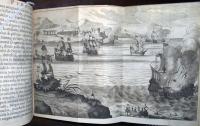
Alexandre Olivier Exquemelin, Piratas de la America, y luz à la defensa de las costas de Indias Occidentales … / traducido de la lengua flamenca en española, por el Dor. Alonso de Buena-Maison, español, medico practico en la amplissima y magnifica ciudad de Amsterdam (Impresso en Colonia Agrippina [Cologne]: en casa de Lorenzo Struickman, 1681). Rare Books: Kane Collection (ExKa), Americana 1681 Exquemelin
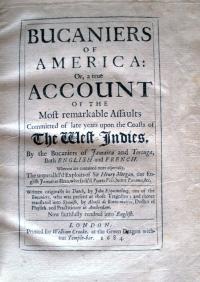

Alexandre Olivier Exquemelin, Bucaniers of America, or, A true account of the most remarkable assaults committed of late years upon the coasts of the West-Indies, by bucaniers of Jamaica and Tortuga, both English and French. Wherein are contained more especially, the unparrallel’d exploits of Sir Henry Morgan, our English Jamaican hero, who sack’d Puerto Velo, burnt Panama, &c. Written originally in Dutch, by John Esquemeling, one of the bucaniers, who was present at those tragedies; and thence translated into Spanish, by Alonso de Bonne-Maison … Now faithfully rendered into English (London: Printed for W. Crooke, at the Green Dragon without Temple-bar, 1684-1685). “This copy consists of the first English edition & the second vol. of the second English edition, the latter containing matter not in the first.” Rare Books: Kane Collection (ExKa) Americana 1684b Exquemelin

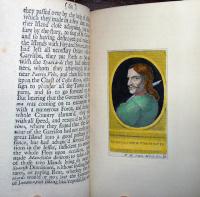
Alexandre Olivier Exquemelin, The history of the bucaniers: being an impartial relation of all the battels, sieges, and other most eminent assaults committed for several years upon the coasts of the West-Indies by the pirates of Jamaica and Tortuga… (London: Printed for Tho. Malthus, 1684). Rare Books: Kane Collection (ExKa) Americana 1684 Exquemelin
Alexandre Olivier Exquemelin, Piratas de la América, y luz a la defensa de las costas de Indias Occidentales: en que se tratan las cosas notables de los viages, descripcion de las islas Española, Tortuga, Jamayca, de sus frutos y producciones, política de sus habitantes, guerras y encuentros entre Españoles y Franceses, origen de los piratas, y su modo de vivir, la toma é incendio de la ciudad de Panamá, invasion de varias plazas de la América por los robadores franceses, Lolonois y Morgan (Madrid: Ramón Ruiz, 1793). Rare Books: Kane Collection (ExKa) Americana 1793 Exquemelin
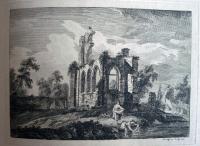
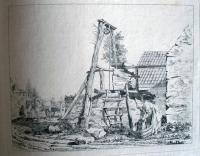
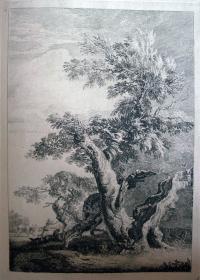
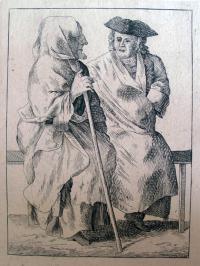
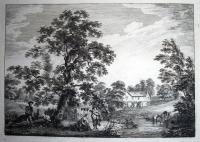
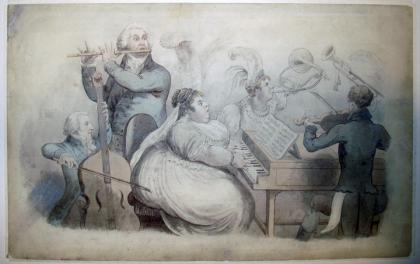
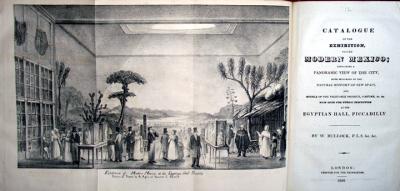
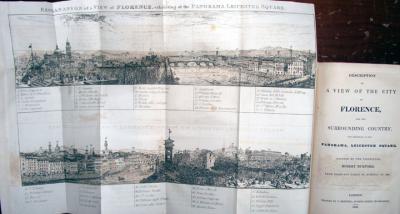
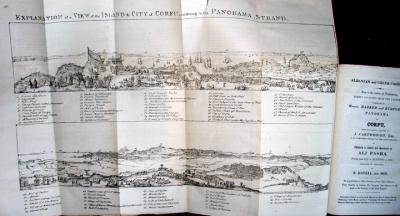
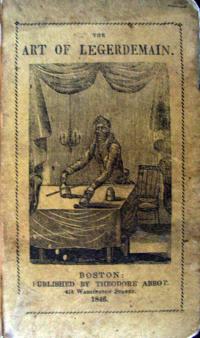
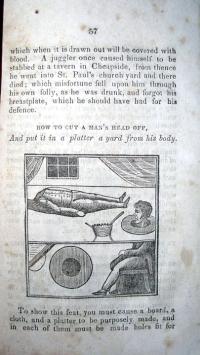
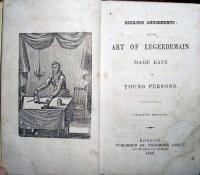
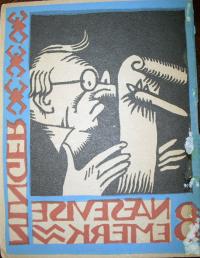
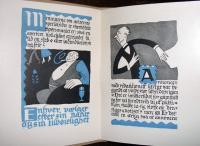
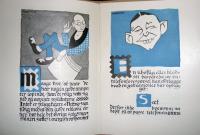
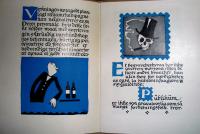
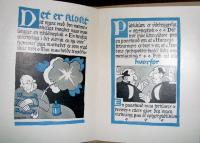
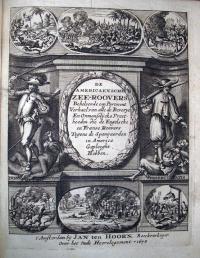

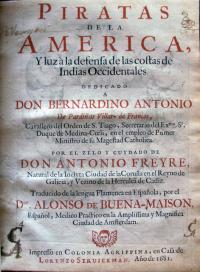





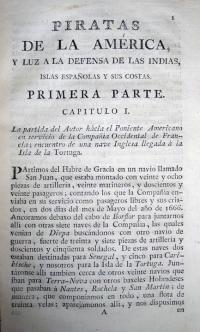
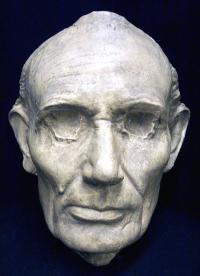
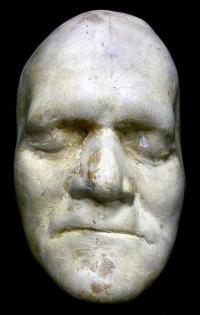
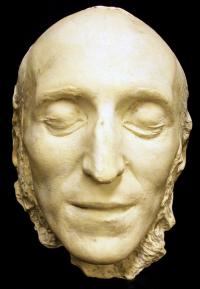
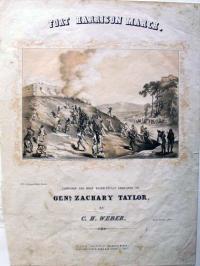
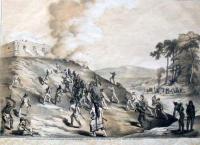
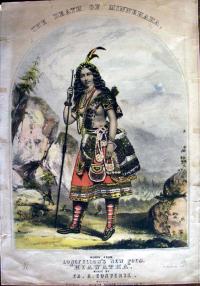
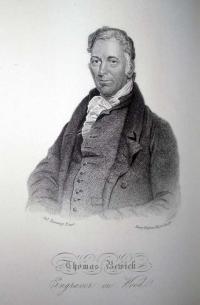
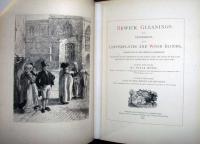
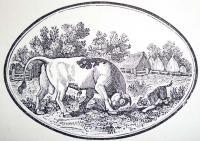
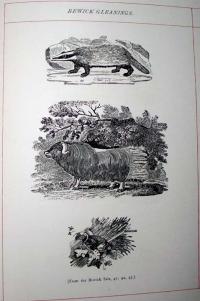
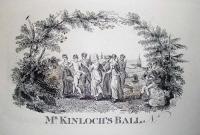
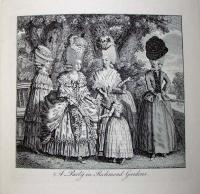
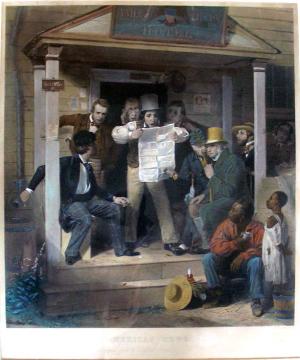
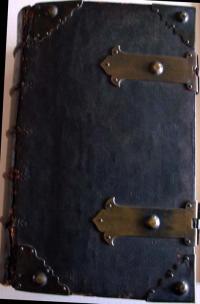
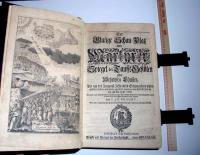
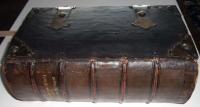
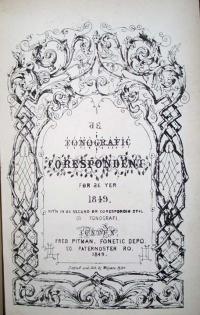
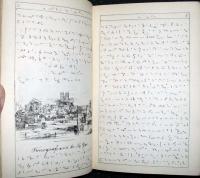
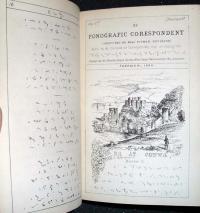
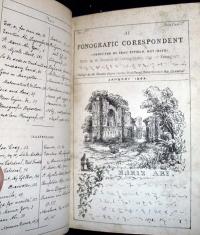
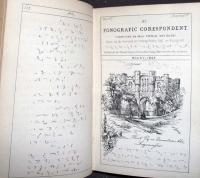
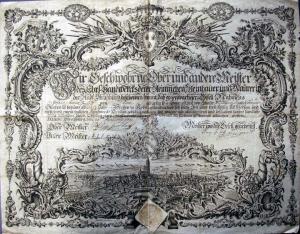
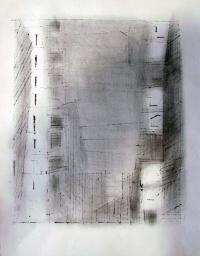
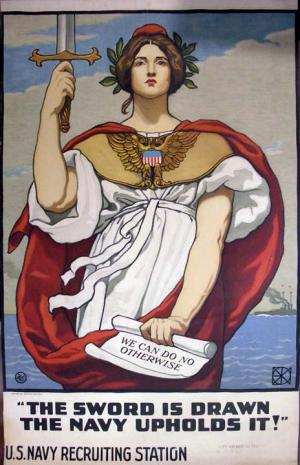
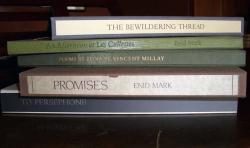
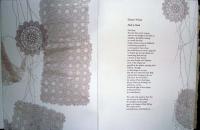
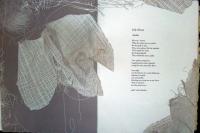
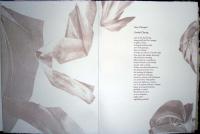
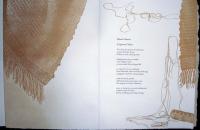
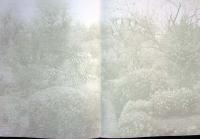
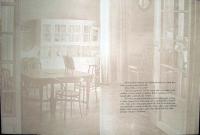

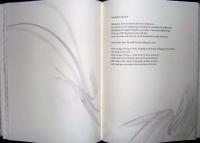
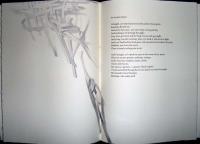

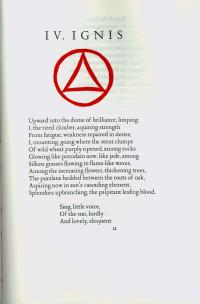
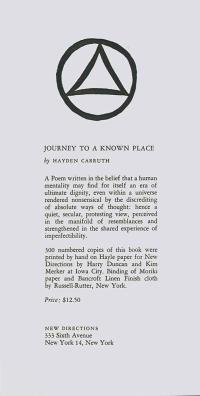
Recent Comments